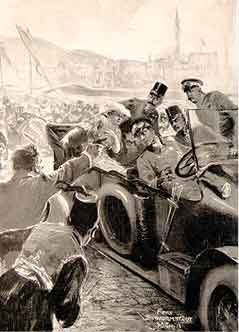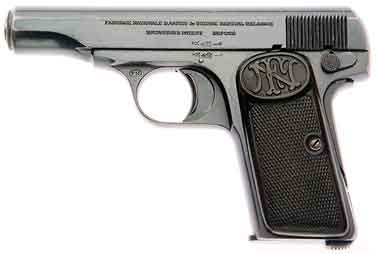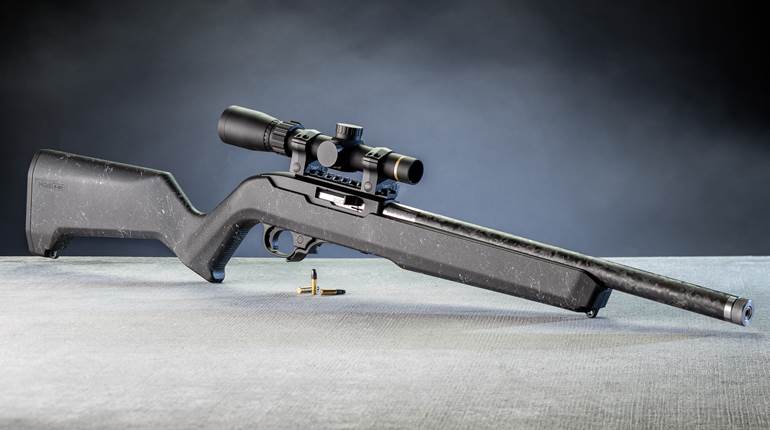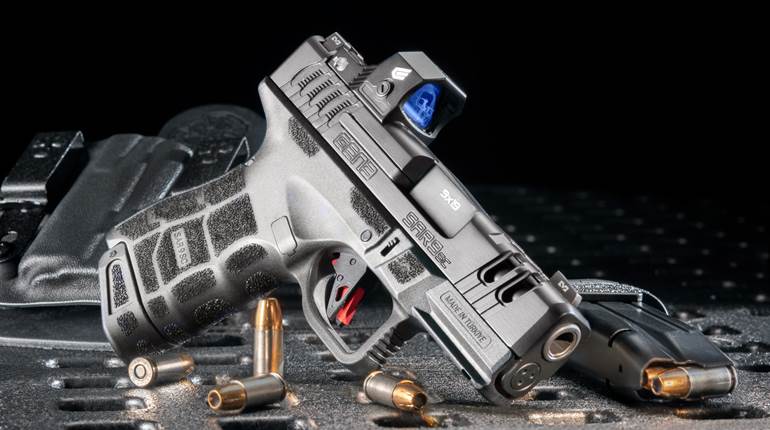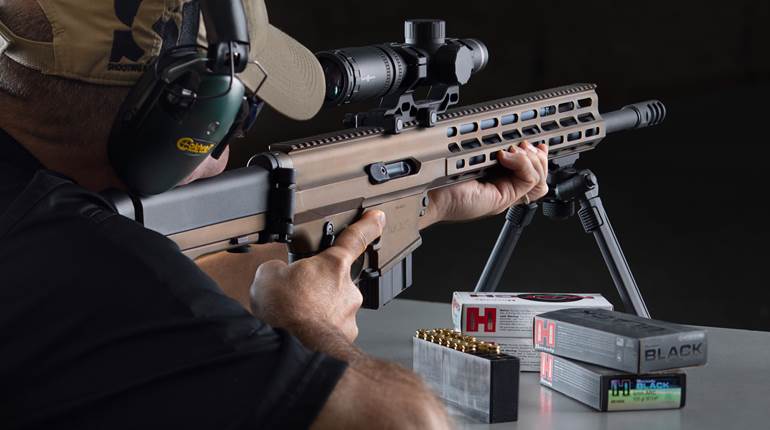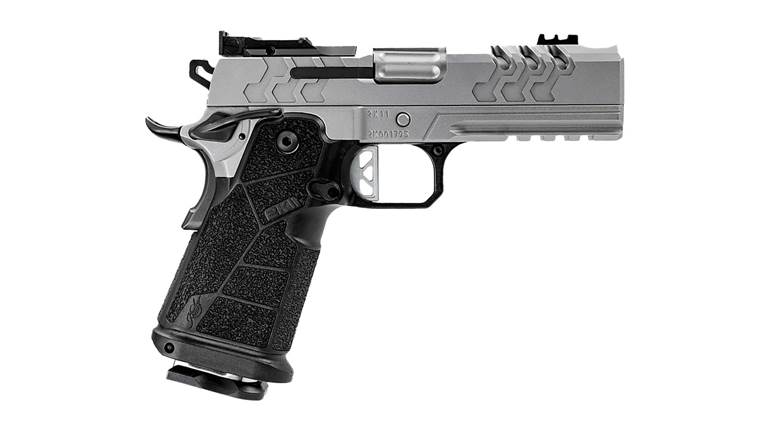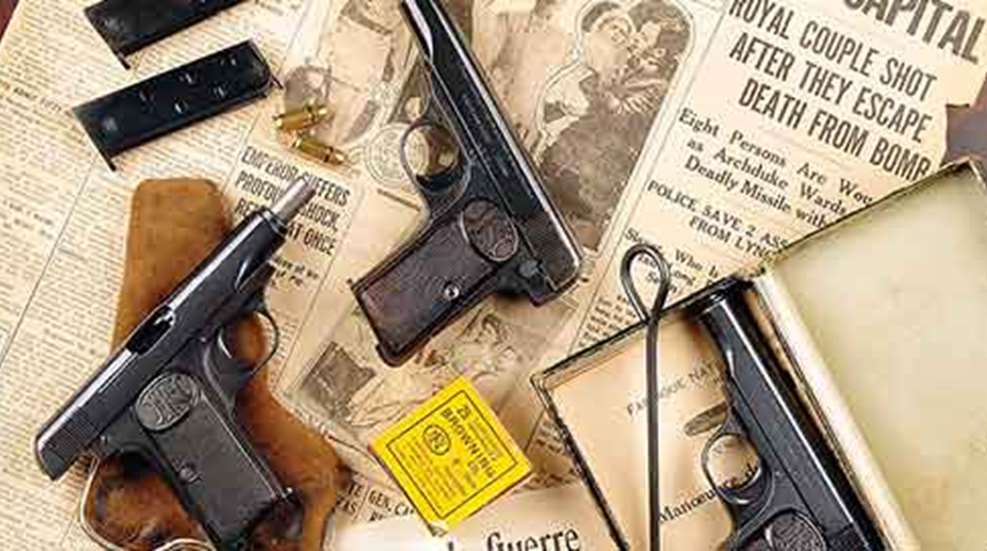
Since the publication of the book The Guns of August more than 50 years ago, the beginning of the “Great War” is often associated with August 1914. The real date that propelled the world conflict is actually June 28, 1914, a date that has mostly faded from memory.
On that day, seven students, part of a political group called Mlada Bosna (Young Bosnia), put their plan in motion to assassinate the heir to the Austrian throne, Archduke Franz Ferdinand. The plot was formed months earlier after the announcement of the Archduke’s visit to Sarajevo, the Bosnian capital.
Austria-Hungary had officially annexed Bosnia-Herzegovina in 1908, and resentment of the Austrian rule was strong, especially among students. Many desired a union with neighboring Serbia and Montenegro.
The seven conspirators had attended the Sarajevo Gymnazija (high school), and their ages ranged from 16 to 27. Ideologically fervent, all were politically naïve and easily manipulated. They were recruited by a secret Serbian military society called “Unification or Death” (Ujedinjenje ili smrt), popularly known as the “Black Hand.” This secret society was founded in 1911 with the purpose of creating a greater Serbia. Serbian military officers were heavily represented among the Black Hand’s members, with Col. Dragutin Dimitrijevicˇ being one of the key leaders. Dimitrijevicˇ was the head of Serbian intelligence.
As the nationalistic fervor continued to escalate, Dimitrijevicˇ and his key lieutenant within the Black Hand, Maj. Vojislav Tankosicˇ, recruited Gavrilo Princip along with two of the other conspirators, Nedeljko Cˇabrinovicˇ and Trifun Grabež.
The three conspirators, Princip, Grabež and Cˇabrinovicˇ , traveled to Serbia and were introduced to the FN Browning Model 1910 pistol. They practiced shooting a pistol in a park near Belgrade. Their actual marksmanship training was limited as ammunition was both scarce and expensive.
The three conspirators received four new FN Browning Model 1910 pistols, six bombs, cyanide capsules and money on May 27, 1914, before traveling back to Sarajevo. The pistols were allegedly purchased and paid for personally by Dimitrijevicˇ from the store of FN’s Belgrade representative Charles Doucet. At that time, the FN Model 1910 was one of the most advanced and reliable pistols that could be concealed easily.
June 28, 1914
Franz Ferdinand was determined to visit Sarajevo to review his troops and attend Austro-Hungarian military maneuvers. The trip’s dangers were known; Ferdinand had received anonymous threats of which he was fully warned. The Archduke disliked the notion of personal protection and as a result, security was light. Few policemen were posted on the route and the provincial governor had refused to involve the military, as he was convinced that there was no assassination plot.
The Archduke’s motorcade was scheduled to travel from the train station to city hall and included four Austrian 1911 model Gräf und Stift convertible automobiles. The Archduke and his wife, Duchess Sophie Chotek, were seated in the second car. The seven conspirators took positions along the route. They were spaced at wide intervals to provide for as many attempts on the Archduke’s life as possible.
At 10:15 a.m. the motorcade reached the conspirator Cˇabrinovicˇ. He armed his bomb and threw it at the Archduke’s car. Cˇabrinovicˇ’s bomb bounced off the Archduke’s car and exploded under the third car in the motorcade, injuring its passengers. Cˇabrinovicˇ fled but was quickly apprehended and arrested. Despite the danger, Franz Ferdinand took control of the situation and ordered the convoy to continue.
Another conspirator, Vaso Cˇubrilovicˇ, was overwhelmed by fear and took no action. The motorcade rapidly passed the conspirators Princip and Grabež, and, in the ensuing disorder, both were unable to act amid the panicked crowd. The convoy arrived at Sarajevo’s city hall.
In recognition of the apparent threat, the scheduled visit was greatly shortened. Even with pending danger, the police chief and the governor failed to take appropriate action. Indeed, the governor refused to summon the Austrian troops as they were not in dress uniform.
The motorcade departed city hall, passing in front of Grabež. Grabež, though, failed to act, and the plot seemed to have run its course. Fate, however, was to intervene. The motorcade was re-routed but nobody informed the driver, Franz Urban, who followed the old route and turned onto Franz Jozef Street. When the driver was made aware of the new plan, he immediately stopped and started backing up. This coincidentally placed the Archduke’s car five feet away from Gavrilo Princip who happened to be standing on the street corner. Princip pulled out his pistol and fired at the Archduke and Duchess. The Archduke was struck in the neck, the Duchess in the stomach. Both died before reaching the hospital. Princip was immediately apprehended.
Journalists Worldwide Scramble!
News of the assassination traveled fast, and journalists worldwide were caught off guard. The Archduke’s visit had not been well covered by the international press, and some of the actions taken by newspapers in the aftermath would forever taint how the world perceived the event.
A lack of available photographs forced many newspaper editors to direct their art departments to illustrate the shooting through drawings. When the word got out that the assassin used a Browning pistol, many assumed that it was a FN Browning Model 1900 pistol. At the time the Model 1900 was the most widely distributed and most recognizable Browning handgun. The word “Browning” on its own meant automatic pistol in many languages. Some illustrators simply drew revolvers, while the more detail-oriented incorporated a Model 1900 in their drawings. To this day, a century later, we still find countless incorrect references linking the FN Model 1900 pistol to the assassination.
A photograph was taken at the moment that Cˇabrinovicˇ was dragged into the police station before the Archduke’s death. At the time this photograph was correctly labeled as “Cˇabrinovicˇ, the bomb thrower,” but as time went by the caption often incorrectly refers to Princip. In fact, photographs of Princip were almost non-existent, with most being taken just before or at the trial. Some claim that the photograph depicts Ferdinand Behr, an innocent German bystander, but the source of this is unclear.
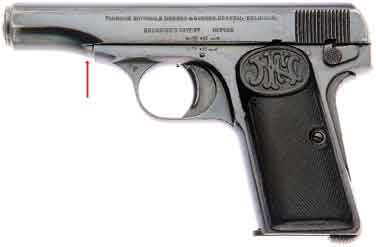 The FN Browning Model 1910 The fact that the media confused the Browning pistols is understandable. The FN Model 1910 pistol had only been on the market for a year. Production began in 1912 with the first pistols being shipped from Fabrique Nationale in October of that year. The Model 1910 was revered as a technological advancement over the Model 1900, with its three safeties and ability to be offered in .32 ACP as well as .380 ACP. The Model 1910 was easier to manufacture, and disassembly was more user-friendly.
The FN Browning Model 1910 The fact that the media confused the Browning pistols is understandable. The FN Model 1910 pistol had only been on the market for a year. Production began in 1912 with the first pistols being shipped from Fabrique Nationale in October of that year. The Model 1910 was revered as a technological advancement over the Model 1900, with its three safeties and ability to be offered in .32 ACP as well as .380 ACP. The Model 1910 was easier to manufacture, and disassembly was more user-friendly.
The four pistols that Dimitrijevicˇ purchased in Belgrade were all in .380 caliber. Tracing the firearms used in the assassination indicated a link between the Serbian government, the Black Hand and the conspirators: A Serbian official was personally involved, which lead to the assassination being considered an act of war.
Pistol No. 19075 was present as evidence during the trial. It was also noted that Cˇabrinovicˇ’s pistol was not present. A period photograph taken at the trial shows only two pistols with magazines and ammunition. There is no conclusive period information that confirms which pistol Princip used, although this too has now been sensationalized with some authors listing one number as the definitive gun that fired the fatal shots.
After the assassination, a Jesuit monk, Anton Puntigam, set up a memorial for the Archduke and his wife in Sarajevo. The memorial was set up with the approval of the imperial family. Part of the memorial showed the pistols and other artifacts including the blood stained uniform worn by the Archduke on the day of the assassination. When the war broke out, the Jesuits moved the memorial to a monastery in Vienna—where the artifacts remained largely forgotten for decades. The Heeresgeschichtliches Museum (Austrian Museum of Military History) in Vienna acquired the artifacts and pistols. These were placed on permanent display at the museum in 2005 and are presented in a case with portrait photographs of all the conspirators. Other artifacts on display are period portraits, Franz Ferdinand’s uniform and one of the automobiles from the motorcade. The pistols’ condition reflects the poor storage environment in which they were kept for many years, and the guns show significant pitting.
The Aftermath
The Serbian government was accused of planning the assassination, and an ultimatum was sent to Serbia by the Austrian government. Diplomatic relations between Serbia and the Austro-Hungarian Empire were severed. The Austrian-Hungarian army was mobilized, and war was declared on Serbia one month after the assassination to the day, July 28, 1914. This effectively put in motion a chain of events that would catastrophically plunge the world into war, resulting in immeasurable destruction and an estimated 37 million casualties.
Although Europe was at war, the conspirators did not avoid prosecution. The first trial started in Sarajevo on Oct. 12, 1914. A total of 26 defendants were on trial, including the acting conspirators and others charged with facilitation. Most of the acting conspirators, including Princip were minors and were spared the death penalty. Princip died in prison from tuberculosis on April 28, 1918.
A second trial was held in the spring of 1917 in Salonika. That trial focused on members of the Black Hand and Serbian conspirators. Nine defendants—including Col. Dimitrijevicˇ —were sentenced to death. Dimitrijevicˇ, among others, was executed by firing squad on June 26, 1917.
A Century Later Sensationalism and ignorance still propel inaccuracies of the events today, and they are not just limited to the pistols used and the Cˇabrinovicˇ photo which is repeatedly identified as Princip’s arrest—there is plenty of debate about other details. Much of the misinformation results from conflicting modern reference materials and the overwhelming complexity and secrecy of the Black Hand. The official trial transcripts were published in the 1920s but are difficult to obtain and were not published in English at the time.
Although many see Princip as a terrorist, in Serbia and Sarajevo, he is often revered as a hero. There is an official Gavrilo Princip day. Plaques, some patriotic, have been placed through time on the alleged spot were Princip fired the fatal shots. A commemorative medal honoring Princip was minted and Princip’s grave is often adorned with large bouquets of flowers. Regardless, Princip and an FN 1910 irrevocably changed the world.
Sources:
Boghitchevitch, Le Proces de Salonique, 1927Owings, W.A. Dolph, The Sarajevo TrialVanderlinden, Anthony, FN Browning Pistols, Side Arms that Shaped World History, 2013Special thanks to Les Field and Vic Glogovac
Further Reading:FN Browning Pistols, Side-Arms That Shaped World History
The new 2013 expanded edition of FN Browning Pistols covers all of the early Browning pistols including the Model 1899, 1900, 1903, 1905, 1910, 1922, Baby Browning and High Power. The book is a blend of collector information with prototypes, features, proofmarks, contracts and accessories. The information is combined with historical biographies, such as the pistols owned by John Browning, President Theodore Roosevelt and King Albert of Belgium. Other aspects of the book focus on factory history as well as development of models and the use of Fabrique Nationale pistols in conflicts including the Sarajevo murders, World War I and World War II.
The hardbound, 416-page book is profusely illustrated with more than 1,600 photos, documents and other images. The price is $68, although NRA members can get an autographed copy and free shipping. For more information, contact: Wet Dog Publications, 5603-B W. Friendly Ave., Suite 166, Greensboro, NC 27410; (336) 394-4138 or fn-browning.com.
